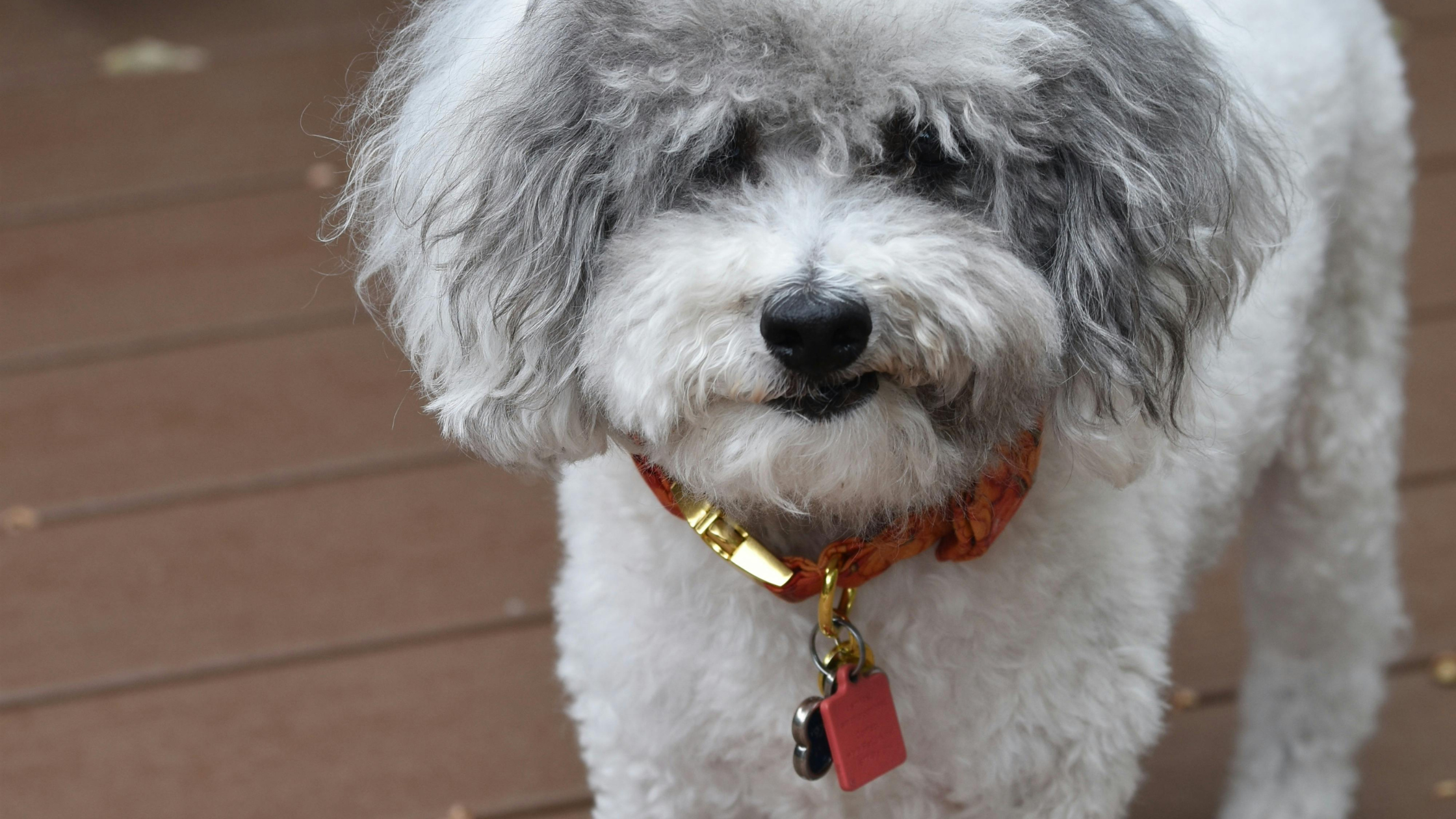
When it comes to our furry friends, there’s no shortage of love, laughter, and, of course, accessories! Among the most popular doggy accessories is the trusty collar. But like any good doggy debate, there are some pros and cons to consider. So, grab a treat (for your pup, not you!) and let’s dive into the world of dog collars!
The Pros of Dog Collars: Why They’re the Top Dog
1. Identification: Just like a name tag for a human, a collar with an ID tag is essential for your dog! In case your adventure-loving dog decides to wander off on a quest for birds, a collar ensures that they can be returned to you, their favourite human. It’s a little piece of safety that says, “Hey, I’m loved, and I belong to someone!” And even though you might have a microchip it allows for quick identification so you can be contacted if they are lost
2. Fashion Statement: Who doesn’t love a stylish pooch? Collars come in all colours, patterns, and materials. From pastel pink to neon green, and even blinged-out with rhinestones, there’s a collar to match every personality. Your dog can strut their stuff at the park like the fashionista they are!
3. Training Convenience: Collars can be a great training tool, especially when paired with a leash. They allow you to guide and redirect your dog during walks, helping them understand boundaries and proper behaviour. Plus, they make it easier to give a gentle tug on the leash when your pup is more interested in sniffing the grass than walking.
4. Reflective and Safety Features: For those late-night potty breaks or early morning strolls, reflective collars can keep your pup safe and visible. It’s like a glow-in-the-dark accessory that says, “Here I am!”
5. Attachment for Accessories: Collars are not just for looks! They can hold important accessories like a leash, tags, and even a little pouch for those essential doggy waste bags. Convenience at its finest!
The Cons of Dog Collars: Things to Paws and Consider
1. Neck Discomfort: Some dogs may find collars uncomfortable, especially if they are too tight or made from irritating materials. Always ensure that your pup’s collar fits properly—two fingers should fit comfortably between the collar and the dog’s neck!
2. Potential for Injury: A collar can pose a risk if a dog gets it caught on something while playing or exploring. In extreme cases, this can lead to choking or injury. It’s crucial to supervise your pup during playtime and consider using a breakaway collar for extra safety.
3. Training Cautions: While collars can aid in training, they can also cause issues if not used correctly. A collar that’s too tight or used with excessive force can lead to neck injuries. Always opt for positive reinforcement training methods and consult with a professional if you’re unsure.
4. Limited Control: For certain breeds or particularly strong dogs, collars may not provide the level of control needed during walks. Harnesses can offer better control and distribute pressure more evenly, especially for dogs prone to pulling.
5. Fashion Over Function: Sometimes, a collar can be more of a fashion statement than a functional tool. Remember, your dog’s comfort should always come first! It’s essential to strike a balance between style and usability.
As a dog sitter, I find dog collars very useful if you need to grab a dog quickly or move them from one space to another. Every dog is different though and ensuring that the collar is not too tight is important for their comfort and health.
It’s essential to weigh the pros and cons based on your dog’s individual needs and personality. So, here’s to happy tails, wagging butts, and the many adventures you’ll embark on together—collar or no collar!